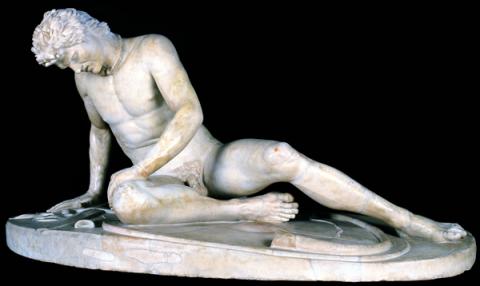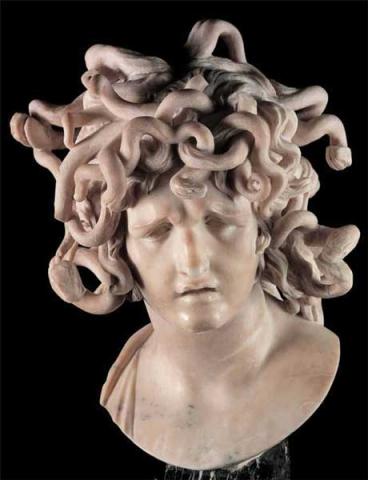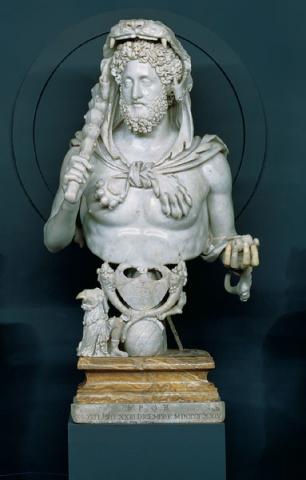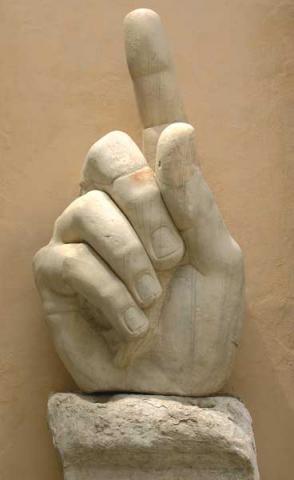The Temple of Juno Moneta
The Temple of Juno Moneta, the result of a vow taken by L. Furius Camillus during the war against the Auruncii, was built on the Arx in 344 BC.
Ancient sources, in referring to the episode of Juno's sacred geese that warned the Romans during the Gallic siege of 390 BC, appear to suggest the existence of a previous temple building, which has been linked to two terracotta Archaic architectural artefacts found in the Garden of Aracoeli and dating to between the end of the VI and the beginning of the V century BC.
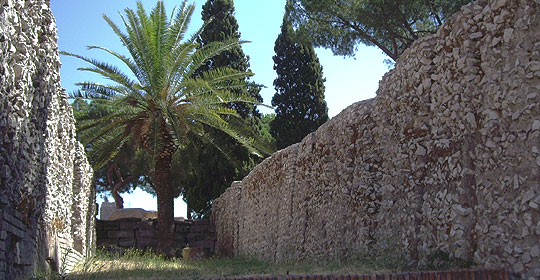
The remains of a square wall, built in cappellaccio and tufa-stone from Fidene, which have been preserved in the same garden and which some scholars have attributed to the fortification work of the Arx, might possibly go back to the supposed Archaic and Mid-Republican phases of the Juno Moneta Temple.
Examples of the Imperial Age remodelling of the building can be seen in the two parallel walls in cementitious material which run into the tufa-stone structures at right-angles.
The denomination Moneta, referring to the divinity's peculiar capacity for warning, was later to lend itself to the name of the workshop responsible for minting coins which thenceforth also became known as Moneta; in Republican times it was situated near the temple of Juno.
The remains of a building made in blocks of cappellaccio, attributed to the Auguraculum, can be seen in the garden in front of the Sixtus IV entrance to Palazzo Senatorio. This space, laid out in accordance with ritualistic canons, faces the Forum and it was from here that the auguries observed the flight pattern of birds in order to interpret the will of the Gods.


























